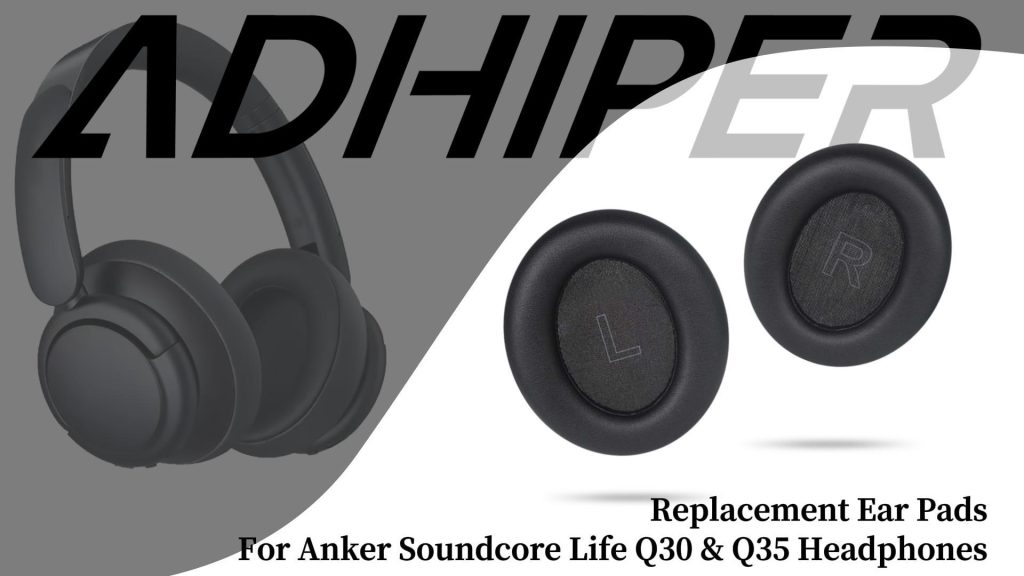
Silky Headphone Covers Transform Your Appearance into Vermin Ears

**The Art of Collaboration: Exploring the Trend of Cultural Institutions Partnering with Brands**
In the ever-evolving world of cultural consumption, a novel trend has emerged where art institutions blend their historical allure with the commercial appeal of consumer brands. This cross-pollination of art and commerce is exemplified by the recent collaboration between the Mauritshuis art museum in The Hague and the Hong Kong-based company, Casetify.
At the heart of this partnership is the iconic painting “Girl With a Pearl Earring” by Johannes Vermeer, whose transcendent appeal has been transposed into a modern accessory: headphone covers designed for Apple’s AirPods Max. These silky blue slips, priced at $184, feature an iridescent resin pearl earring, echoing the elegance of the painting’s subject. Yet, while aesthetically captivating, these covers also point to the quirky challenges of practicality over sophistication — notably covering the headphones’ controls.
This endeavor forms part of a broader collection that includes phone cases and laptop sleeves, each adorned with 17th-century Dutch masterpieces like Carel Fabritius’s “The Goldfinch” and Jan Davidsz de Heem’s “Vase with Flowers.” Such collaborations reflect a rising trend wherein museums align with high-profile brands to bridge the gap between classical art and modern lifestyle.
In recent years, cultural giants like The Met have joined forces with brands such as Pacsun, and luxury brands like Lancôme have aligned with the Louvre, illustrating a significant shift in museum merchandising strategies. These partnerships, often unexpected, marry the timeless appeal of heritage with contemporary market dynamics, expanding the reach and accessibility of art into everyday life.
In essence, the collaboration between Mauritshuis and Casetify embodies a microcosm of a larger cultural phenomenon. Cultural institutions are increasingly engaging with consumer markets, redefining how classical art interacts with contemporary audiences. These partnerships not only highlight the versatility and enduring nature of art but also push the boundaries of traditional museum roles, presenting art not just as a static object of admiration but as a dynamic element of modern expression and personalization.
As this trend develops, it invites both art aficionados and casual consumers alike to reconsider how they interact with cultural artifacts, forming a fresh canvas of cultural engagement in the global marketplace. Whether through product collaborations or creative partnerships, the fusion of art and commerce continues to redefine how art is perceived, consumed, and cherished in our modern world.